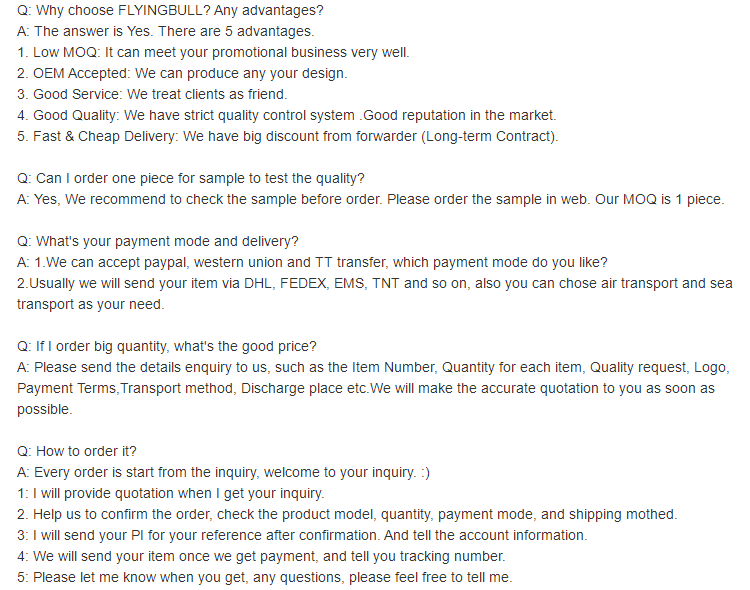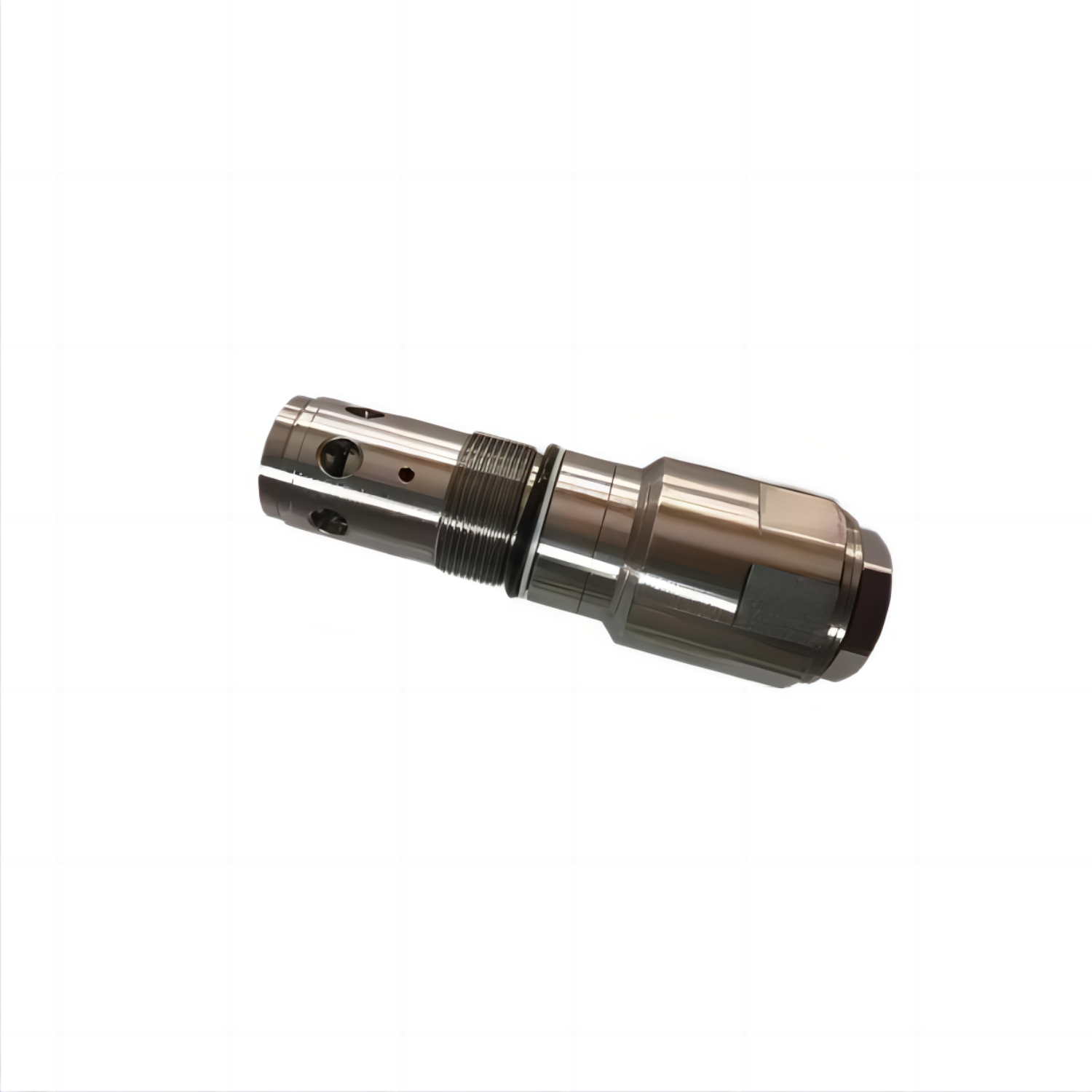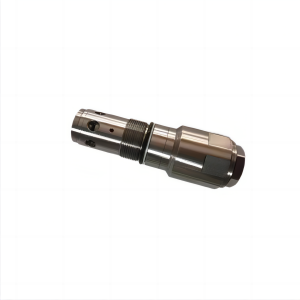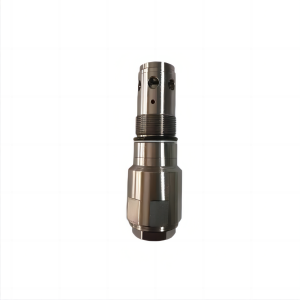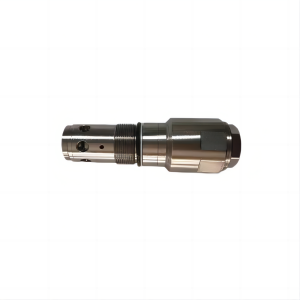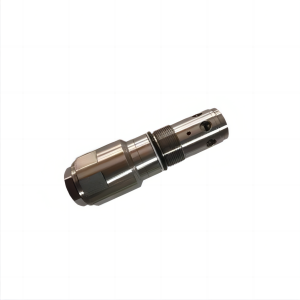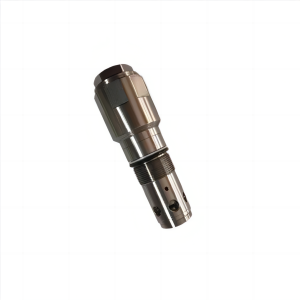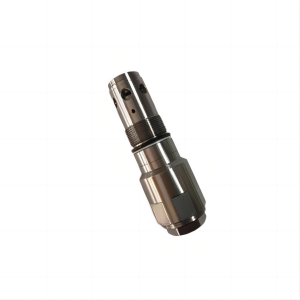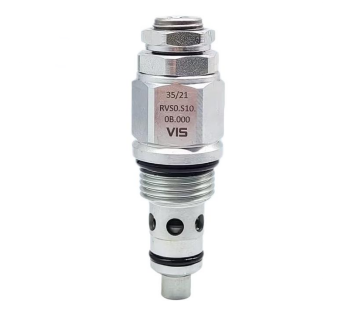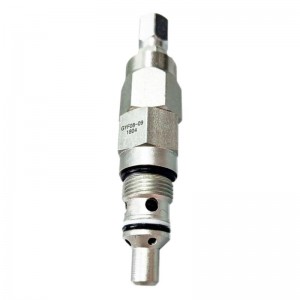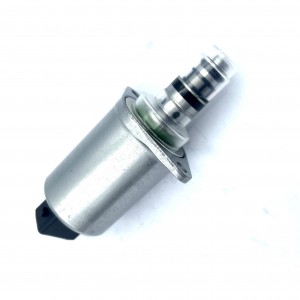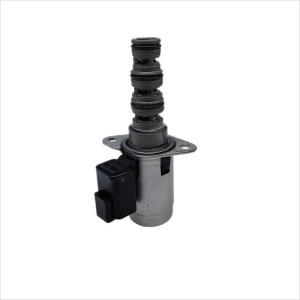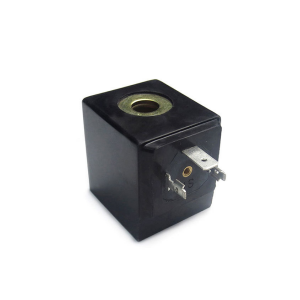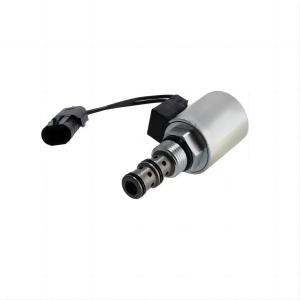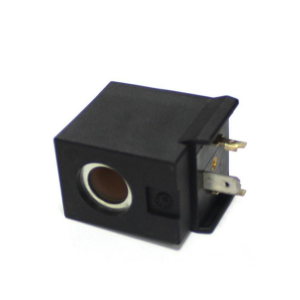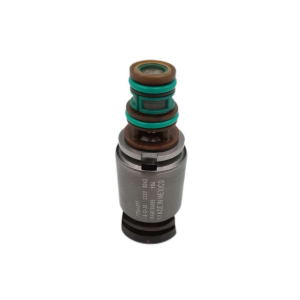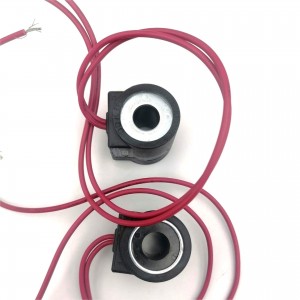Excavator accessories main relief valve Hydraulic pump ZAX200-5G hydraulic solenoid valve 4654845
Details
Warranty:1 Year
Brand Name:Flying Bull
Place of Origin:Zhejiang, China
Valve type:Hydraulic valve
Material body:carbon steel
Pressure environment:ordinary pressure
Applicable industries:machinery
Applicable medium:petroleum products
Points for attention
The working principle of the solenoid valve:
The solenoid valve uses an electromagnet to push the valve core to control the direction of compressed air, thereby controlling the direction of the pneumatic actuator switch.
Its advantage is simple operation, easy to achieve remote control.
Electromagnetic directional valve according to different requirements can achieve two three-way, two five-way and so on.
The electromagnet used to operate the solenoid valve is divided into AC and DC:
1. The voltage of AC electromagnet is generally 220 volts. It is characterized by large starting power, short reversing time and low price. However, when the valve core is stuck or the suction is not enough and the iron core is not sucked on, the electromagnet is easy to burn out due to excessive current, so the working reliability is poor, the impact of action, and the life is low.
2, DC electromagnet voltage is generally 24 volts. Its advantages are reliable work, not because the spore is stuck and burned out, long life, small size, but the starting power is smaller than the AC electromagnet, and in the absence of DC power supply, the need for rectification equipment.
In order to improve the working reliability and life of the electromagnetic reversing valve, in recent years, wet electromagnet is increasingly widely used at home and abroad, this electromagnet and the slide valve push rod do not need to be sealed, eliminating the friction at the O-shaped sealing ring, its electromagnetic coil outside directly sealed with engineering plastic, not another metal shell, which ensures insulation, but also conducive to heat dissipation, so reliable work, Low impact, long life.
Solenoid valves are generally used in hydraulic systems to close and open oil circuits.
In fact, according to the temperature and pressure of the flowing medium, such as the pipeline with pressure and the artesian state without pressure. The working principle of the solenoid valve is different.
For example, in the state of artesian flow, zero-voltage starting is required, that is, after the power is turned on, the coil sucks up the brake body.
The pressure solenoid valve is a pin inserted in the gate body after the coil is energized, and the pressure of the fluid itself is used to push the gate body up.
The difference between the two ways is that the solenoid valve of the flow state, because the coil has to suck up the whole gate body, so the volume is larger and the solenoid valve with pressure state only needs to suck up the pin, so the volume can be relatively small.
Product specification
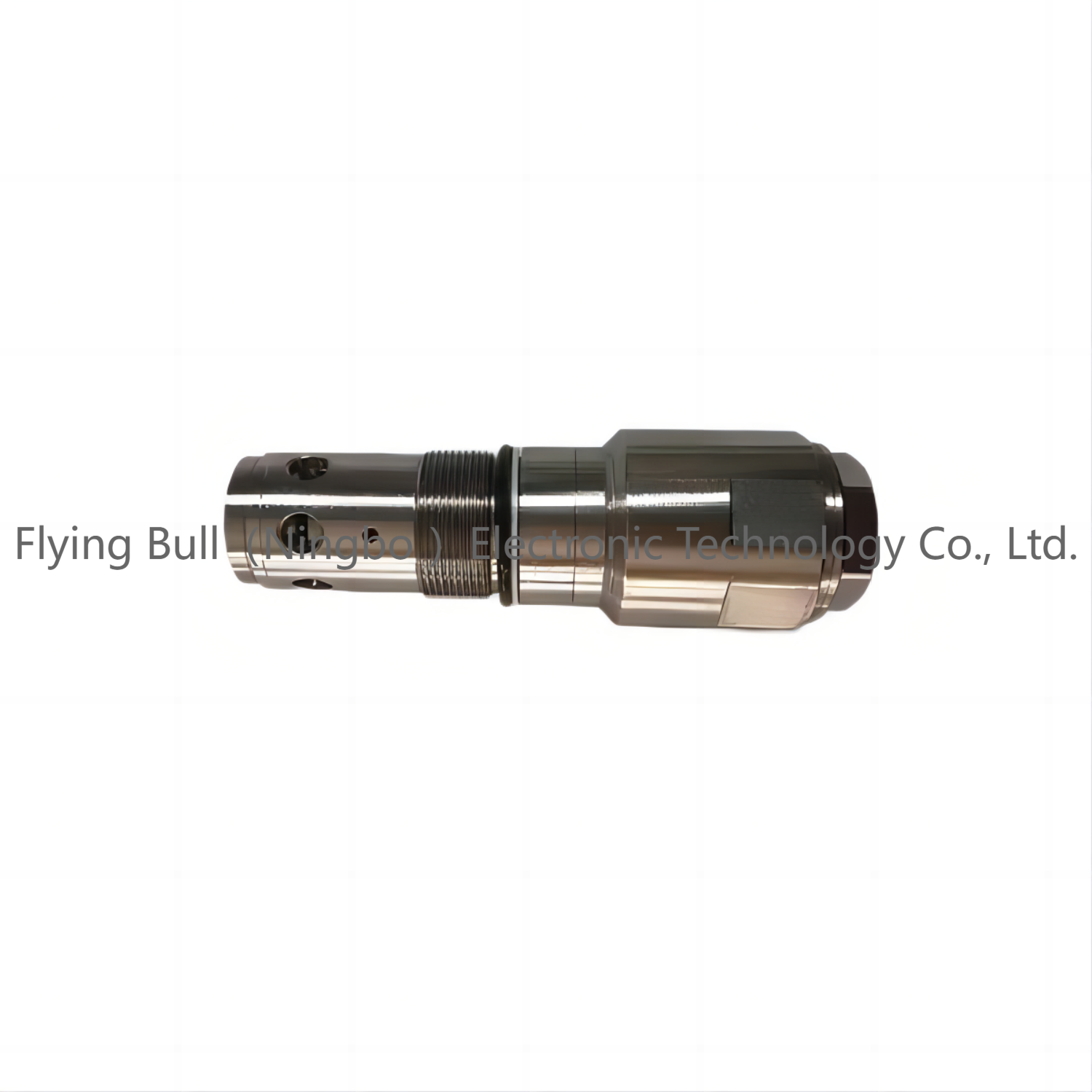
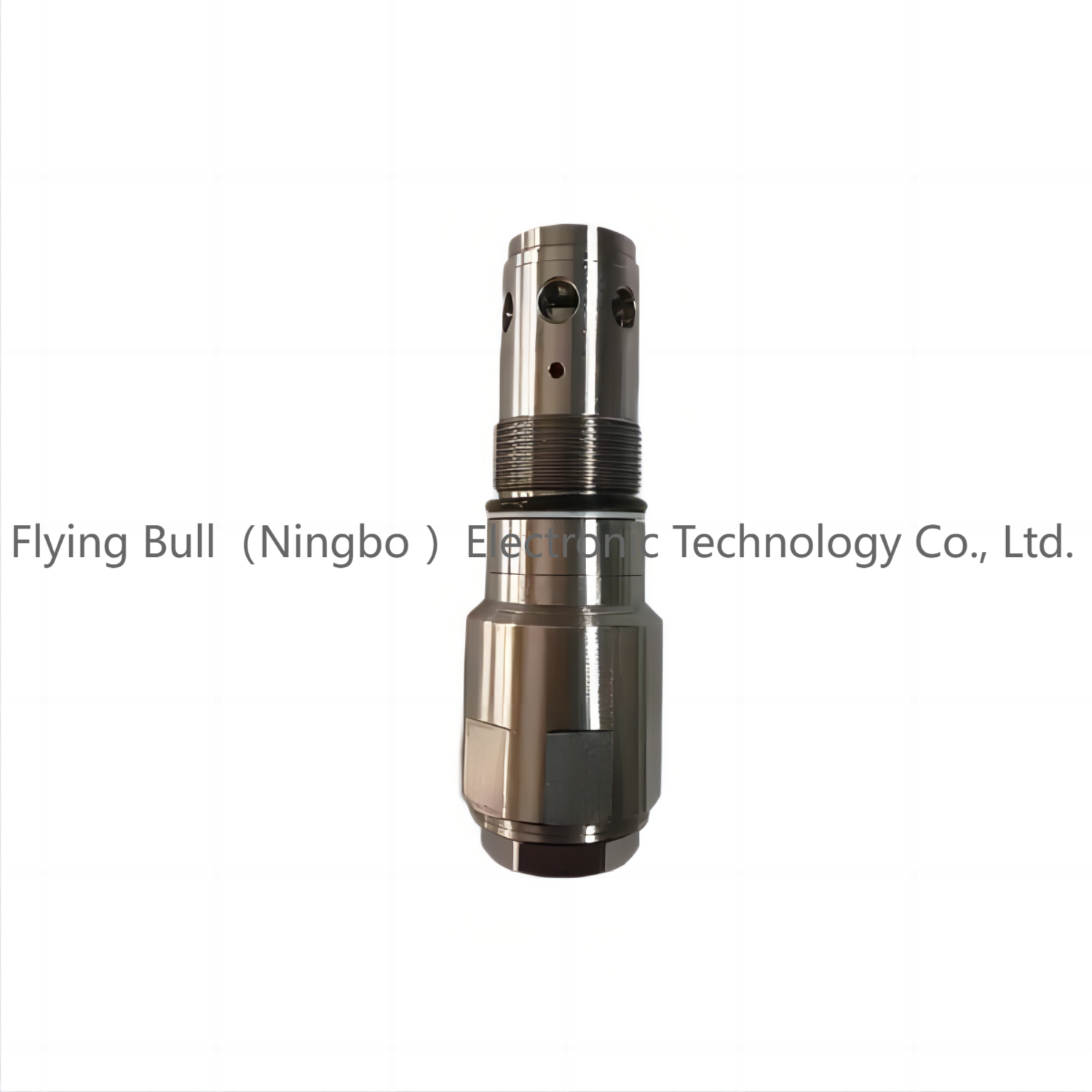
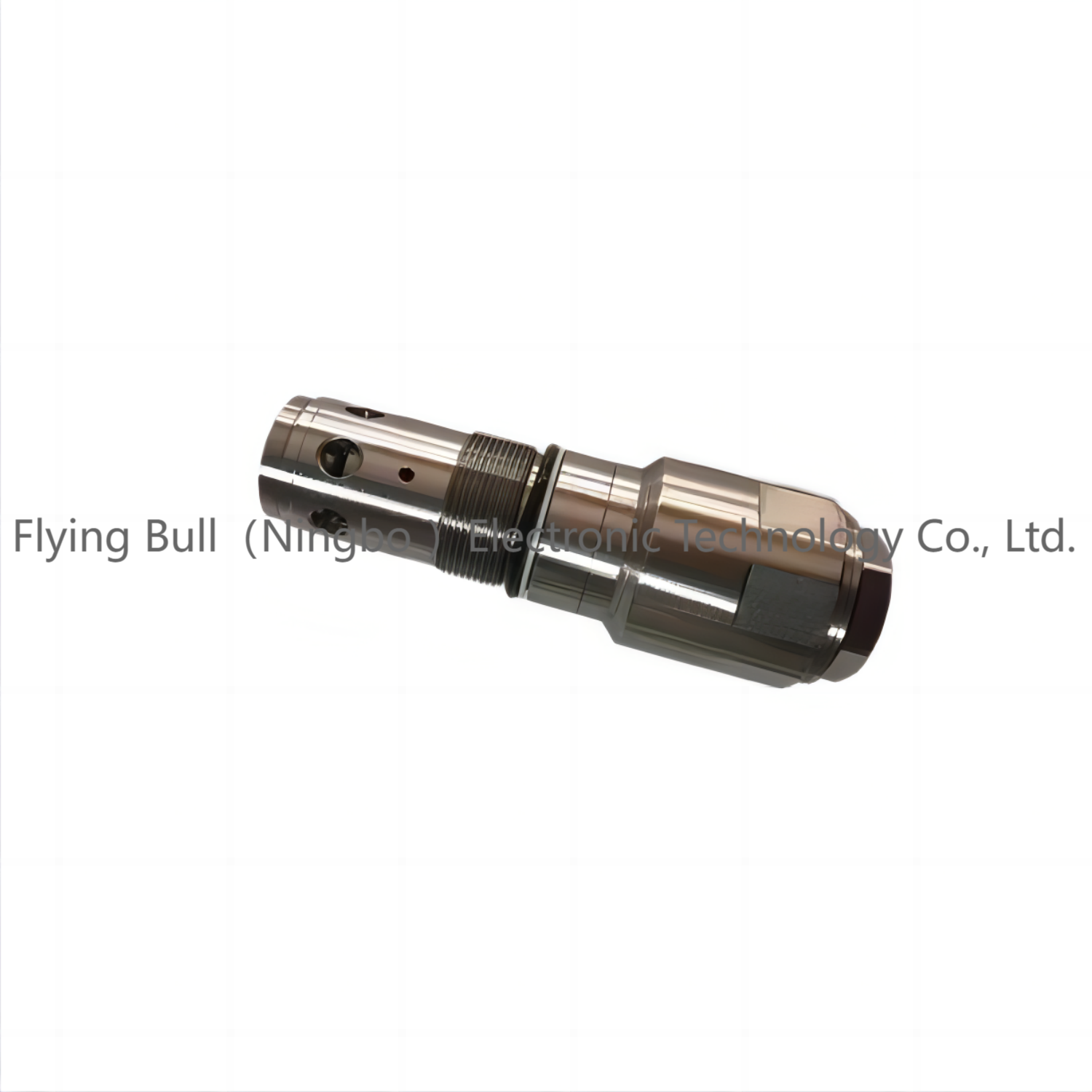
Company details







Company advantage
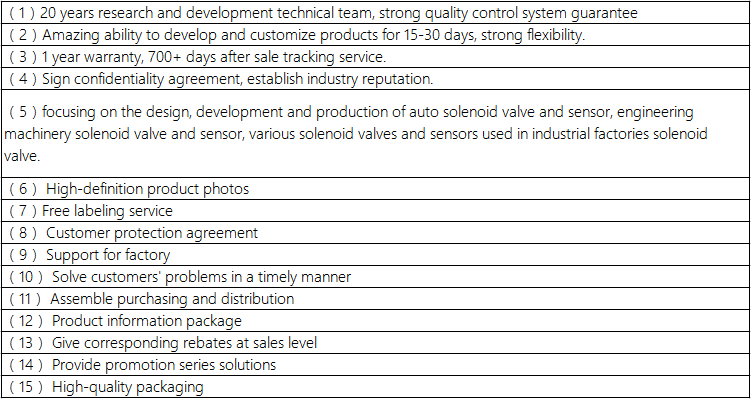
Transportation

FAQ
